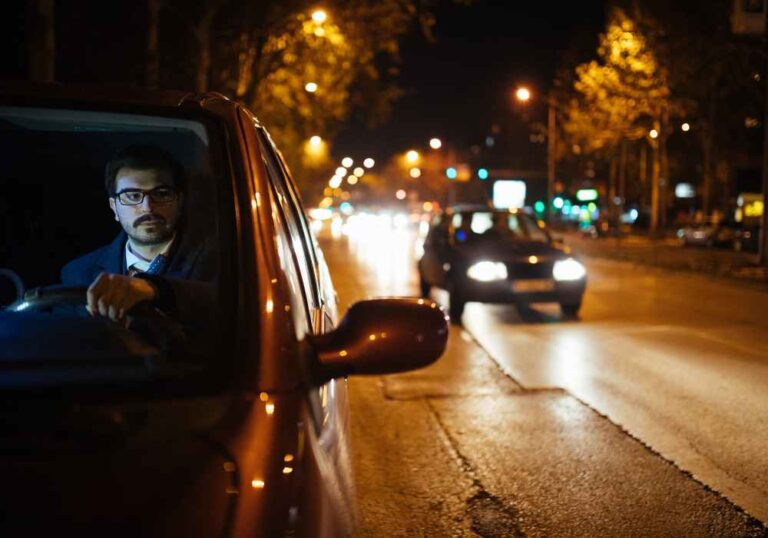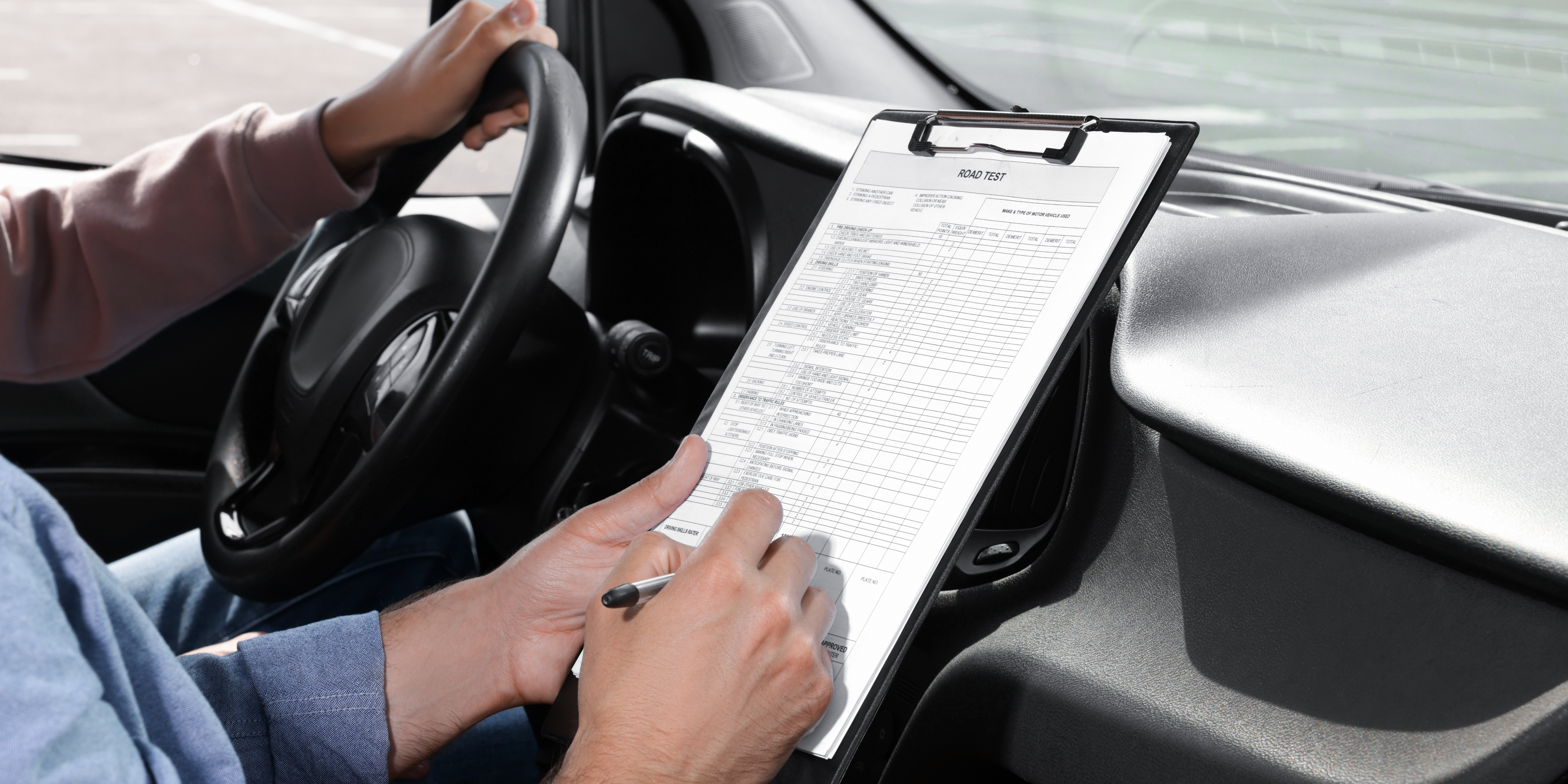Driving at night can be a daunting task, especially when visibility is limited and the road seems to stretch into darkness. With reduced visibility and increased risks of encountering hazards, night driving requires heightened awareness and precautionary measures. Whether you’re a seasoned driver or a novice, it’s crucial to prioritize safety when driving after dark.
In this blog post, we’ll explore some essential tips for enhancing visibility and awareness to ensure a safer night driving experience.
- Prepare Your Vehicle: Before hitting the road at night, it’s essential to ensure that your vehicle is in optimal condition. Check that all lights are working correctly, including headlights, taillights, brake lights, and turn signals. Dim or malfunctioning lights can significantly impair visibility and make it harder for other drivers to see you. Additionally, clean your windshield inside and out to remove any dirt, smudges, or streaks that could obstruct your view.
- Use Proper Lighting Techniques: Proper use of headlights is crucial for safe night driving. Use low-beam headlights when driving in urban areas or well-lit roads to avoid blinding other drivers. When driving on dark, unlit roads, switch to high beams to improve visibility ahead. However, remember to dim your lights when approaching or following other vehicles to prevent glare and maintain safe visibility for everyone on the road.
- Increase Following Distance: Maintaining a safe distance from the vehicle in front of you is always important, but it’s particularly crucial at night when visibility is reduced. Increase your following distance to allow for more reaction time in case of sudden stops or emergencies. This extra space can provide a buffer against potential collisions and give you more time to respond to unexpected hazards.
- Stay Alert and Focused: Night driving requires heightened focus and attention due to reduced visibility and increased risks. Avoid distractions such as using mobile phones, adjusting music, or eating while driving. Keep your eyes on the road, scan your surroundings regularly, and anticipate potential hazards. Stay alert for pedestrians, cyclists, or animals that may be harder to see in the dark.
- Take Regular Breaks: Fatigue can significantly impair your ability to drive safely, especially at night when your body’s natural circadian rhythm signals sleepiness. Take regular breaks during long nighttime journeys to rest, stretch your legs, and refresh yourself. If you feel drowsy or fatigued while driving, pull over in a safe location and take a short nap or switch drivers if possible.
- Be Mindful of Glare: Glare from oncoming headlights or reflective surfaces can be particularly distracting and blinding at night. To reduce glare, adjust your rearview mirror to its nighttime setting to minimize the brightness of headlights from behind. If you encounter intense glare from oncoming vehicles, focus on the right edge of the road and use peripheral vision to maintain awareness of your surroundings.
- Watch for Wildlife: Nocturnal animals are more active at night, increasing the risk of collisions on rural or wooded roads. Be vigilant for wildlife crossing the road, especially in areas with warning signs indicating animal crossings. Reduce your speed in wildlife-prone areas and use caution when driving near forests, fields, or water bodies where animals may be present.
- Plan Your Route: Familiarize yourself with your route before setting out on a nighttime drive. Use GPS navigation or maps to plan your journey and identify potential hazards such as construction zones, road closures, or areas with limited lighting. Choose well-lit routes whenever possible and avoid unfamiliar or remote roads if you’re uncomfortable driving in low visibility conditions.
- Stay Sober and Avoid Fatigue: Driving under the influence of alcohol or drugs significantly impairs your reaction time, judgment, and coordination, increasing the risk of accidents, particularly at night. Never drive under the influence and avoid medications that cause drowsiness or impairment. Similarly, ensure you’re well-rested before embarking on a nighttime journey to minimize the effects of fatigue on your driving ability.
- Know When to Stop: If conditions become too challenging or you feel too fatigued to continue driving safely, don’t hesitate to pull over and take a break. Find a well-lit, safe location such as a rest area or gas station to rest and reevaluate your situation. It’s better to arrive at your destination late than risk your safety and the safety of others on the road.
In conclusion, driving at night presents unique challenges that require heightened awareness, preparation, and caution. By following these tips for enhancing visibility and awareness, you can minimize the risks associated with night driving and ensure a safer journey for yourself and others on the road. Remember to prioritize safety, stay alert, and adapt your driving behavior to the conditions to arrive at your destination safely, no matter the time of day.
Click here to view our different packages or click here to book your road test.
Lastly, our services are extended to Toronto, North York, Etobicoke, Scarborough, Vaughan and Brampton.






